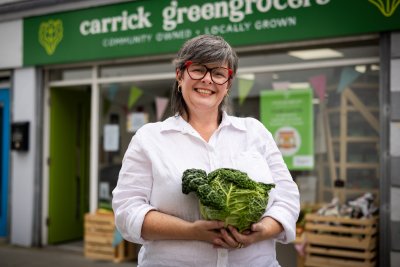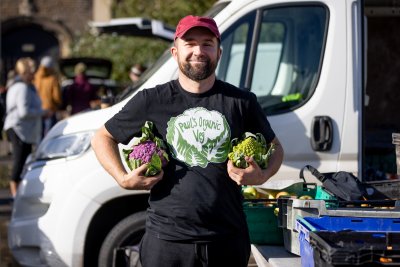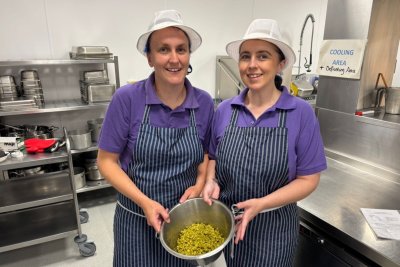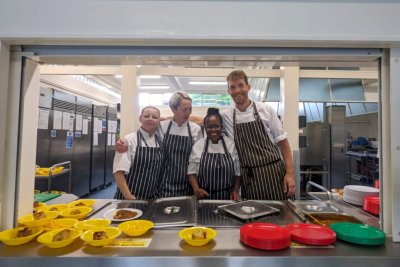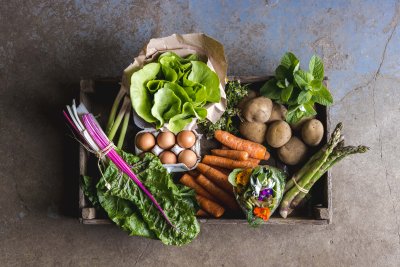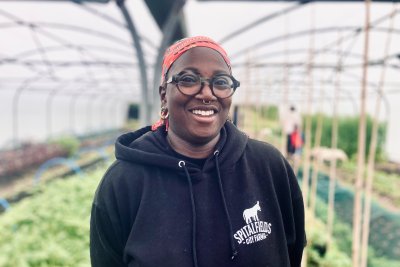The campaign is urging London boroughs and visitor attractions to turn their backs on cruelty and serve only cage free eggs. Members of the public are also being encouraged to email these attractions.
Some eggs are still produced in cages, causing the hens a great deal of suffering. Making the switch to 100% cage-free eggs is a simple, affordable and popular first step for improving animal welfare standards within catering.
The campaign is now targeting London Landmarks such as the British Museum (the most visited attraction in the UK), and the Natural History Museum (which features animals among its exhibits) to stop using eggs from caged hens. It includes Buckingham Palace whose Garden Café caterer Chester Boyd celebrated being Red Tractor accredited in 2011. However, this assurance scheme assures little more than compliance with minimum legislation, not cage free [1].
Sustain estimates two dozen iconic London attractions require 30 million eggs a year, and over 100,000 hens to produce them [2]. They alone receive over 60 million visitors a year [3]. Some even have animals in their exhibits but only a few are taking action on the welfare of animals in food served to millions of visitors [4].
Among London boroughs, only 17 out of 33 currently source cage-free eggs and the 2015 Good for London report will announce this November which boroughs are taking action this year.
For more information about the Cage-Free Capital campaign contact:
Sofia Parente
sofia@sustainweb.org
02070650902
Notes
[1] http://www.chesterboyd.com/features/chester-boyd-celebrates-being-red-tractor-approved/
[2] We reached the figure of 100,000 hens by estimating that half of all visitors have a meal, snack or canapé containing the equivalent to one whole egg. On average one hen lays 300 eggs a year. Whilst this figure is an estimate, it illustrates the impact the attractions may have on hens.
[3] According to the ALVA- Association of Leading Visitor Attractions (http://alva.org.uk/details.cfm?p=423) and attraction’s annual reports, 24 visitor attractions in London received more than 60 million visitors in 2014: British Museum, The National Gallery, Southbank Centre, Tate Modern, Natural History Museum, Science Museum, V&A, Tower of London, Somerset House, National Portrait Gallery, St Paul's Cathedral, Old Royal Naval College, British Library, National Maritime Museum, Kew Gardens, Tate Britain, ZSL London Zoo, Westminster Abbey, Museum of London, Imperial War Museum London, Royal Academy of Arts, Royal Observatory Greenwich, Royal Albert Hall, Buckingham Palace.
[4] Only Tate Modern, St. Paul’s Cathedral, British Library, Tate Britain, Imperial War Museum London and Museum of London are publically taking action on food, either by having been awarded a Good Farm Animal Welfare Award by animal welfare charity Compassion in World Farming (http://www.compassioninfoodbusiness.com/awards/good-egg-award/), having signed the Cage Free Capital pledge and/or publically stating what action they are taking.
London Food Link: London Food Link brings together community food enterprises and projects that are working to make good food accessible to everyone in London to help create a healthy, sustainable and ethical food system for all.

